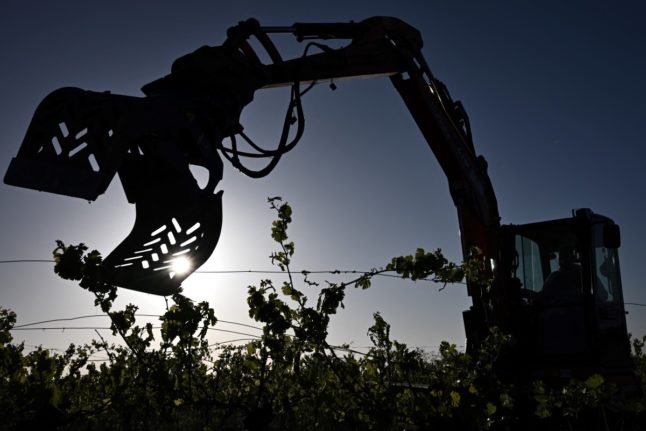France’s Journal Officiel published a decree on Friday designating 1,022 communes across the country as ‘natural disaster zones’, namely drought, based on information from 2021 and 2022.
Qualifying as a natural disaster zone allows people living in the area to claim specific financial assistance from insurers, and to have their claim dealt with more quickly. The objective is to allow people to be adequately compensated for damage to their property.
Areas affected by events such as storms, mudslides and flooding are often designated natural disaster zones, but drought has become a more common reason for qualifying for the status.
The 1,022 communes are mostly in the south of the country, although more than half (59) of France’s mainland départements have at least one natural disaster zone.
Five départements came out on top for having the most ‘natural disaster zones’ for drought. They were: Jura with 164 communes, Indre-et-Loire with 133, Charente-Maritime with 86, Gironde with 65 and Dordogne with 54.
You can find the total list of communes under ‘natural disaster status’ here.
READ MORE: What does a state of ‘natural disaster’ mean in France?
When it comes to drought-induced damage, this typically involves soil shrinkage (via the ‘shrink-swell phenomenon’) which can lead to cracks both in the interior and exterior walls of a building or home, as well as in chimneys or tiles.
According to AFP estimates, more than 10 million French homes are at risk of cracking in the event of severe drought.
With drought having become more common and long-lasting in France in recent years, French insurers have noted an uptick in drought-related claims.
The country’s insurers’ federation, France Assureurs, told Ouest France that they estimated the total cost of drought damage to French single-family homes in 2022 was €2.5 billion, a record high since France first invented the natural disaster status in 1982.



 Please whitelist us to continue reading.
Please whitelist us to continue reading.
Member comments